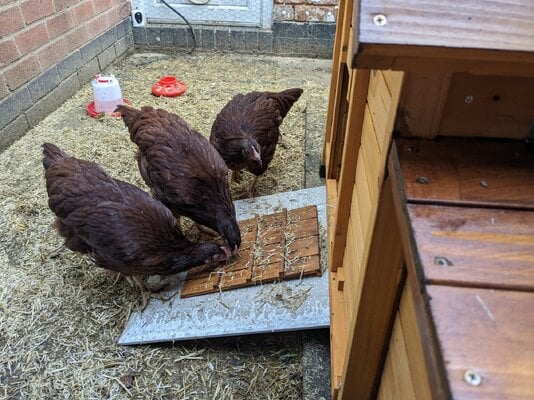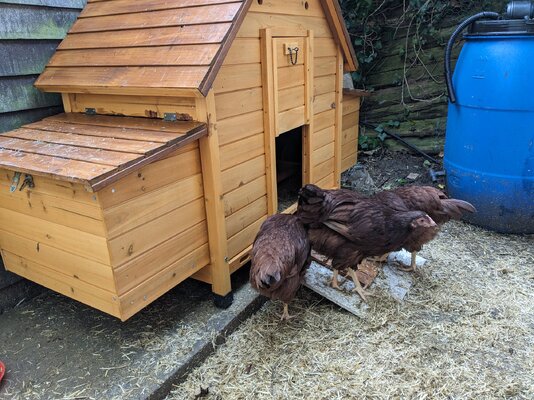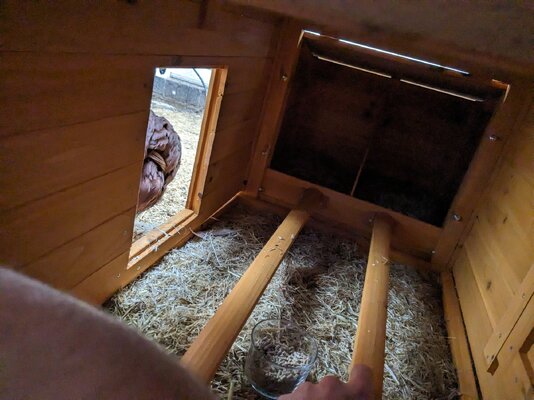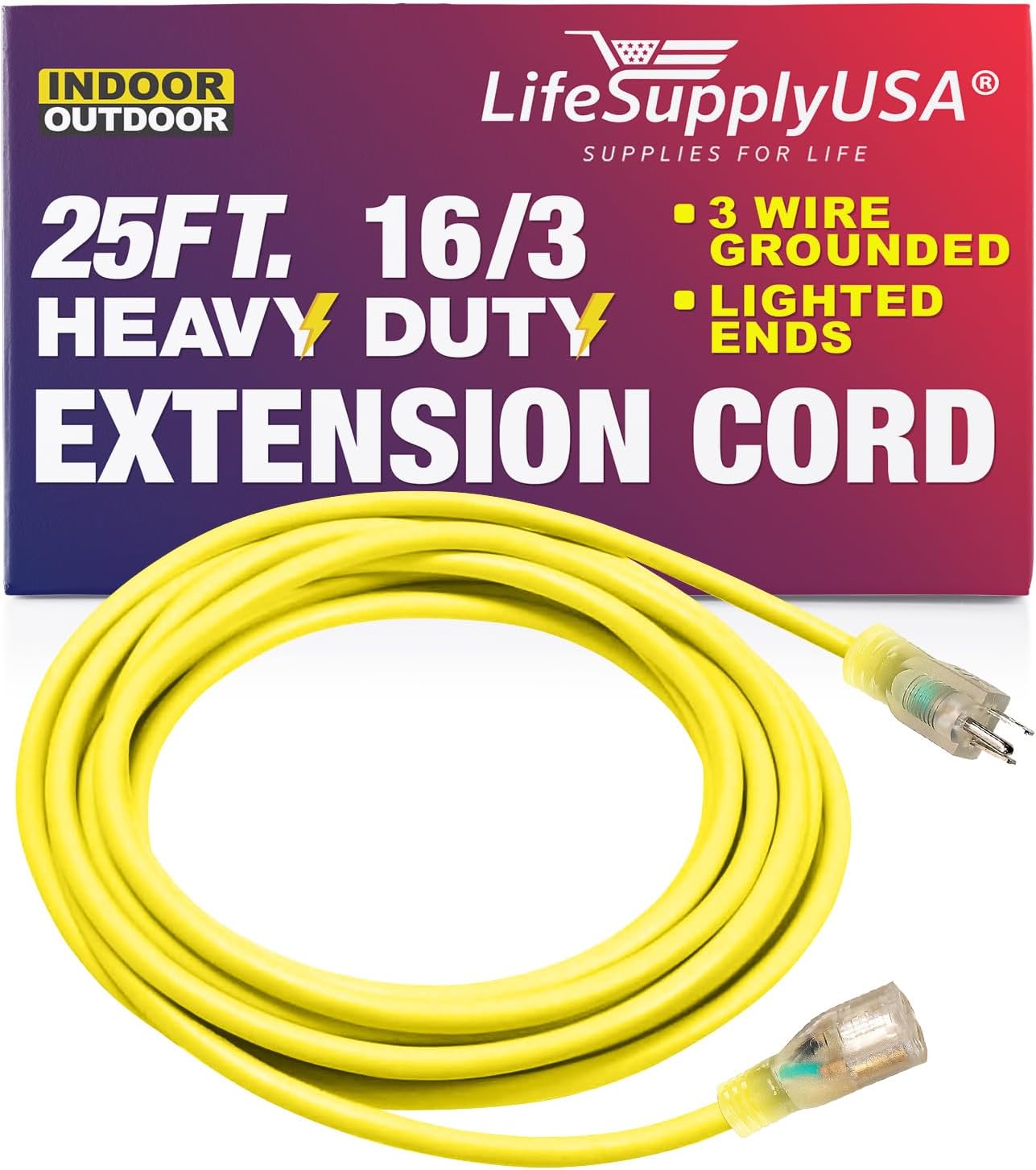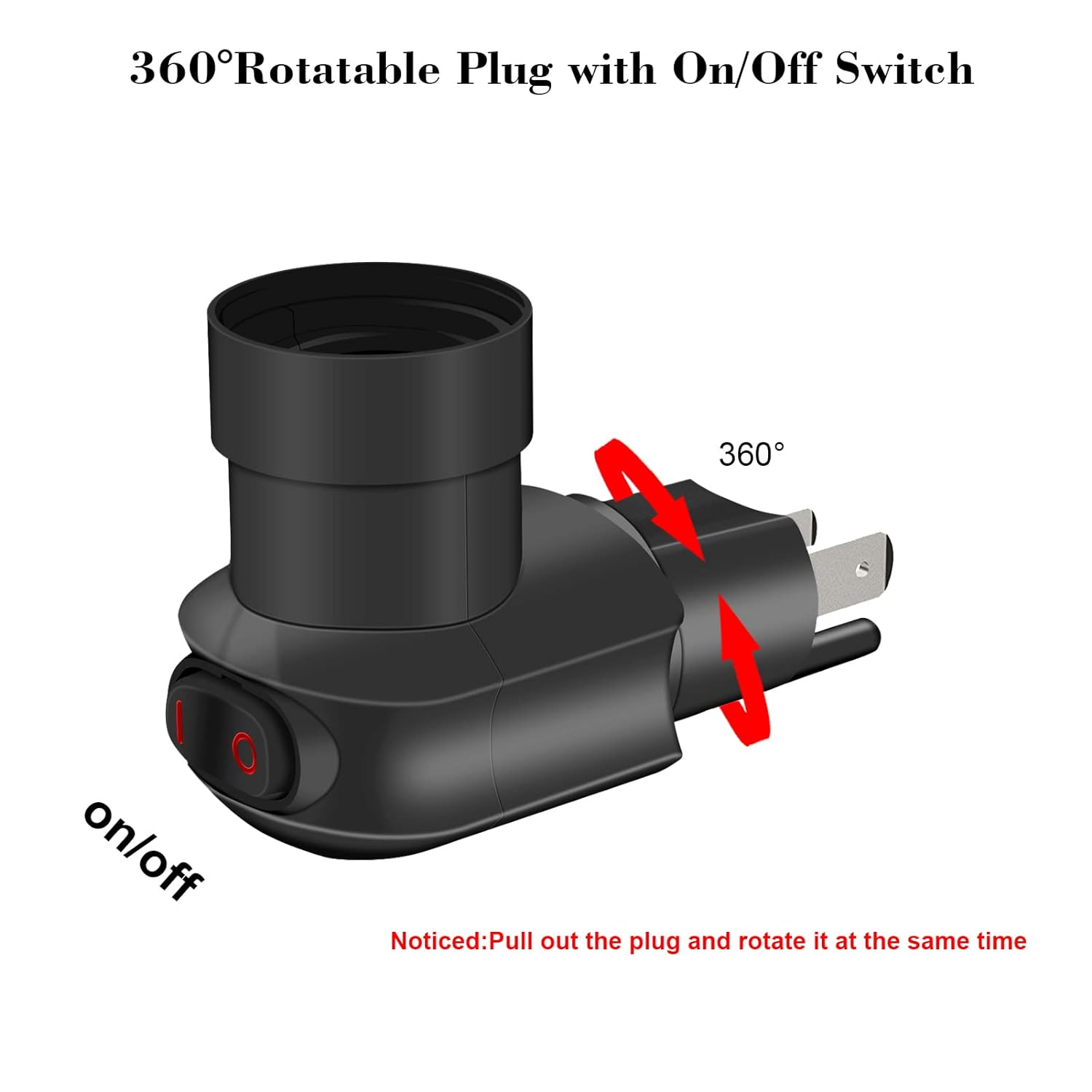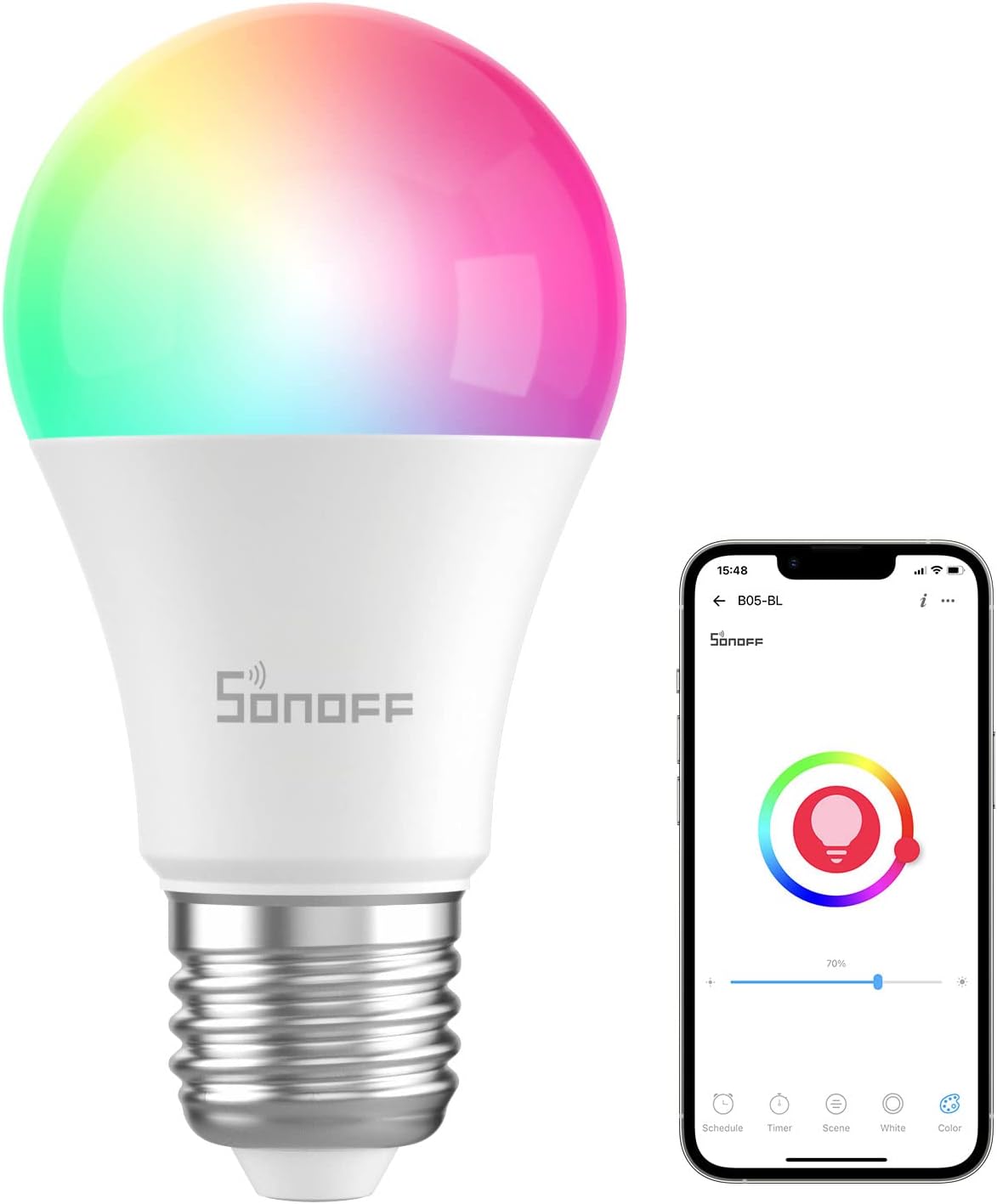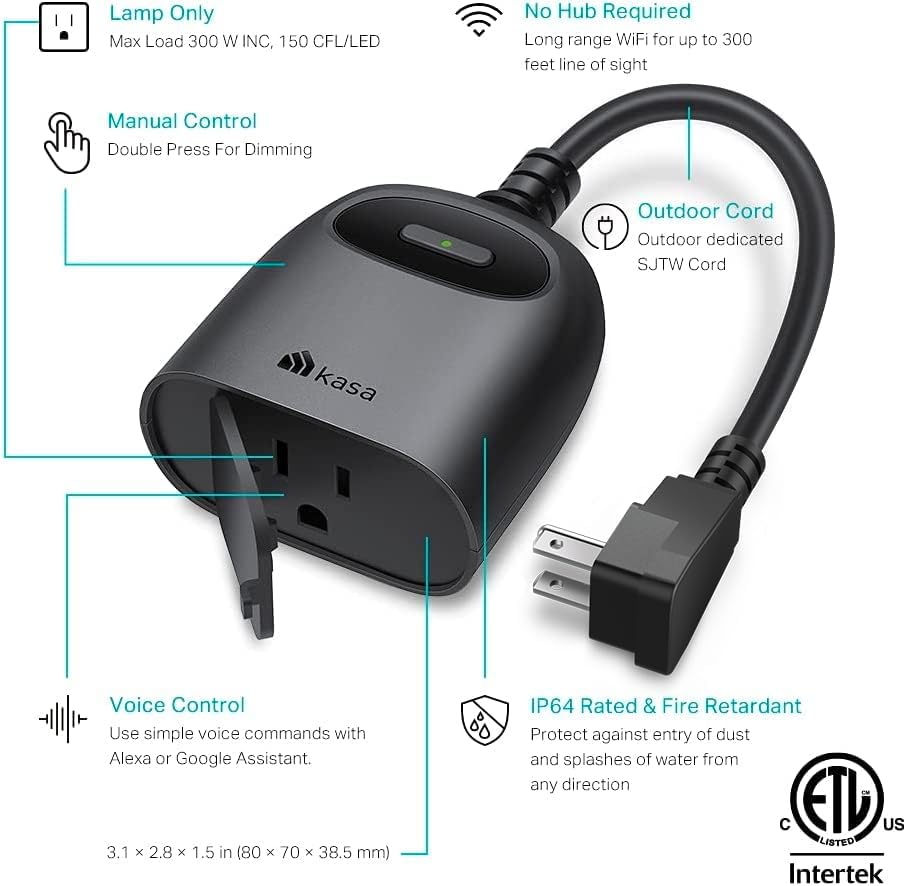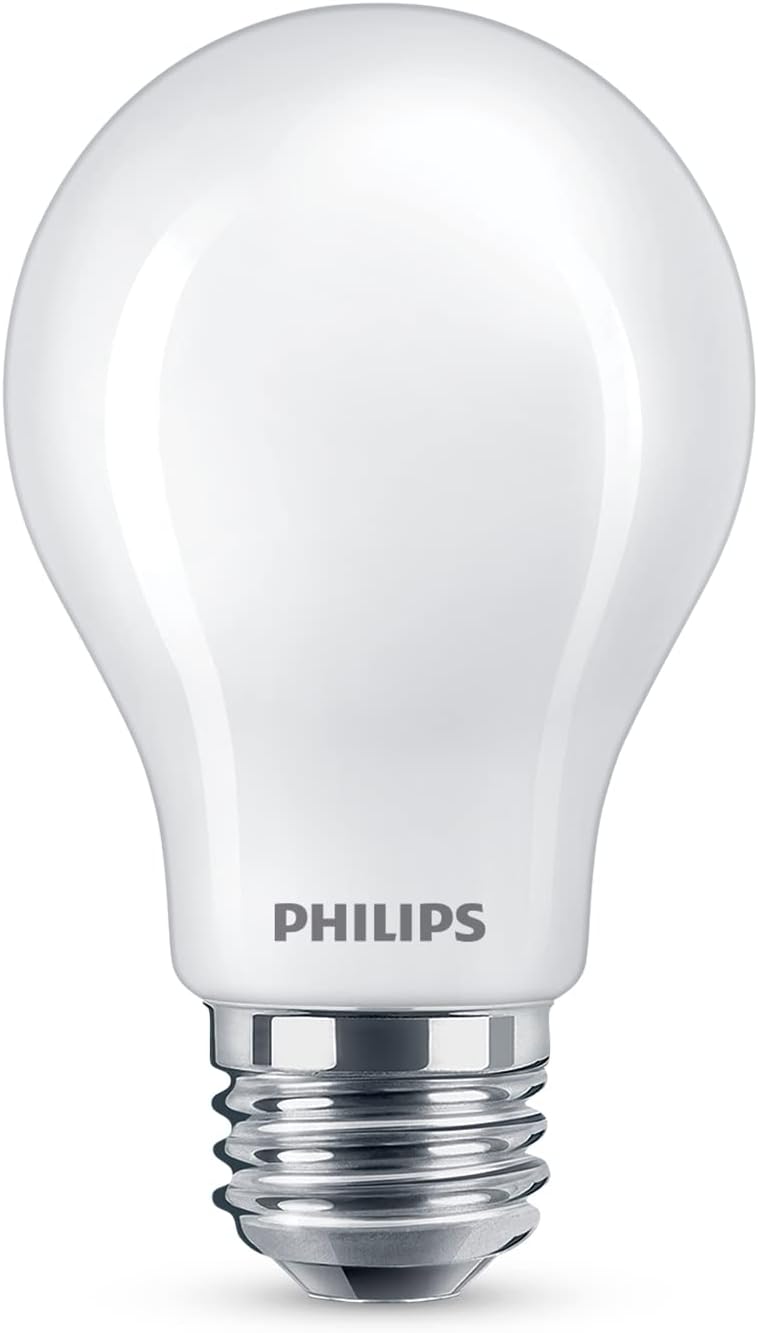Hi all
Previously I had a small chicken coop in an enclosed area (some rain protection, netted area) and they would sleep inside the coop, but it got a little small and there was nowhere to roost - they started to sit on the roof and roost there. This was a felt roof and got incredibly dirty.
I've since bought a large coop that has somewhere to roost now (beams) - however, they won't go inside!! They can no longer roost on the roof as it's taller / slippery, so I'd hoped they go in and roost there. Tried to entice them in with food but they'll only poke their heads in... is the entrance too small? The angle too steep? I don't think either really as I've made the slope less steep (see photos) and they should be able to get through that door...
Any ideas how I can persuade them to go inside? I could just pick them up and put them in the nesting box part (roof opens) and close it so they'd walk into the main part, but I don't want to "stress" them unnecessarily?
Thanks all
Ross
Previously I had a small chicken coop in an enclosed area (some rain protection, netted area) and they would sleep inside the coop, but it got a little small and there was nowhere to roost - they started to sit on the roof and roost there. This was a felt roof and got incredibly dirty.
I've since bought a large coop that has somewhere to roost now (beams) - however, they won't go inside!! They can no longer roost on the roof as it's taller / slippery, so I'd hoped they go in and roost there. Tried to entice them in with food but they'll only poke their heads in... is the entrance too small? The angle too steep? I don't think either really as I've made the slope less steep (see photos) and they should be able to get through that door...
Any ideas how I can persuade them to go inside? I could just pick them up and put them in the nesting box part (roof opens) and close it so they'd walk into the main part, but I don't want to "stress" them unnecessarily?
Thanks all
Ross

